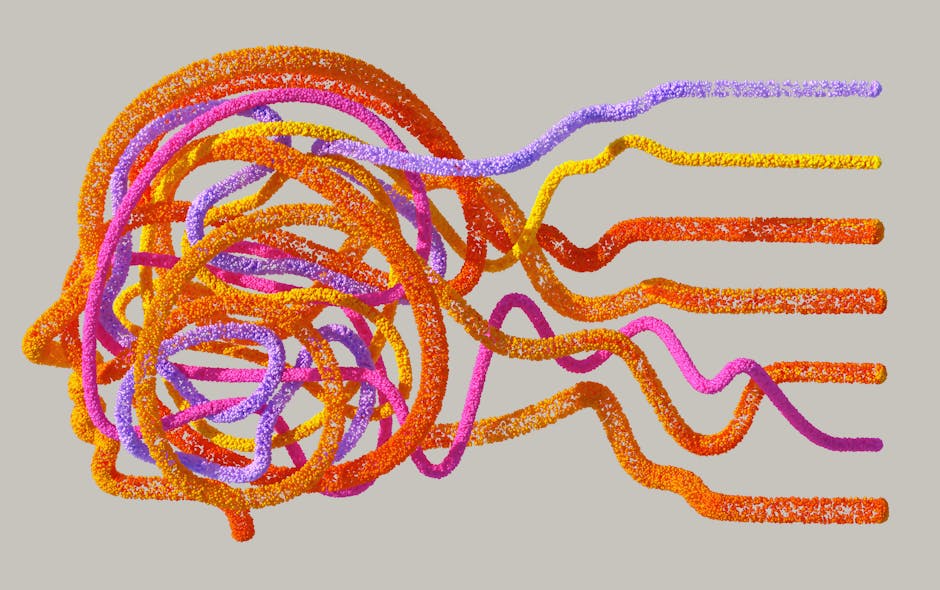AI in Agriculture: Smart Farming Techniques
In the ever-evolving world of agriculture, the integration of Artificial Intelligence (AI) has ushered in a new era of smart farming. As the global population continues to soar, there is an increasing demand for more efficient and sustainable farming practices. AI-driven technologies are stepping up to meet this challenge by optimizing crop yields, reducing waste, and enhancing overall farm management. In this blog post, we will explore the transformative impact of AI in agriculture, delve into various smart farming techniques, and provide actionable tips for farmers looking to embrace these innovations.
The Rise of AI in Agriculture
The adoption of AI in agriculture is not just a trend but a necessity. According to the Food and Agriculture Organization (FAO) of the United Nations, the world’s population is expected to reach 9.7 billion by 2050, requiring a 70% increase in food production. Traditional farming methods alone are insufficient to meet this demand, prompting the need for technological advancements.
AI-Powered Crop Monitoring and Management
One of the most significant contributions of AI to agriculture is in the realm of crop monitoring and management. With the help of machine learning algorithms and computer vision, farmers can now gather real-time data on crop health, soil conditions, and weather patterns. This data is then analyzed to provide actionable insights, enabling farmers to make informed decisions.
Example: Platforms like CropX utilize AI to monitor soil moisture levels, ensuring that crops receive the optimal amount of water. This not only conserves water but also prevents over-irrigation, which can lead to soil degradation.
Precision Agriculture
Precision agriculture is another area where AI is making a substantial impact. By using GPS technology, drones, and satellite imagery, farmers can precisely monitor field variations and apply inputs like fertilizers, pesticides, and water at variable rates based on the specific needs of each area.
Example: The John Deere Operations Center leverages AI to provide farmers with detailed maps and recommendations for planting, fertilizing, and harvesting. This level of precision not only boosts crop yields but also minimizes the use of resources.
Benefits of AI in Smart Farming
The implementation of AI in agriculture offers numerous benefits, ranging from increased productivity to environmental sustainability. Let’s explore some of the key advantages:
Enhanced Crop Yields
AI-driven technologies enable farmers to optimize planting schedules, monitor crop health, and predict yields with remarkable accuracy. This results in higher crop productivity and reduced losses due to diseases or adverse weather conditions.
Statistic: According to a report by MarketsandMarkets, the AI in agriculture market is expected to grow from $1.0 billion in 2020 to $4.0 billion by 2026, driven by the need for increased crop production and improved farm efficiency.
Resource Efficiency
AI helps farmers use resources more efficiently, whether it’s water, fertilizers, or pesticides. By providing precise recommendations based on real-time data, AI reduces waste and minimizes the environmental impact of farming practices.
Example: The Climate FieldView platform offers AI-driven insights that help farmers optimize their use of inputs, resulting in significant cost savings and reduced environmental footprint.
Pest and Disease Management
AI-powered systems can detect early signs of pest infestations and diseases, allowing farmers to take swift action before they spread. This proactive approach reduces crop losses and minimizes the need for chemical interventions.
Example: The Plantix app uses AI to diagnose plant diseases through images uploaded by farmers. It then provides treatment recommendations, helping farmers address issues promptly.
AI Technologies Transforming Agriculture
Several AI technologies are driving the transformation of agriculture. Let’s take a closer look at some of the most impactful innovations:
Robotics and Automation
Robotic systems equipped with AI are revolutionizing farm operations. From autonomous tractors to robotic harvesters, these machines can perform tasks with precision and efficiency, reducing the need for manual labor.
Example: The AgriBotix drone platform uses AI to analyze aerial imagery and provide actionable insights for crop management. Drones can also be used for planting seeds, spraying pesticides, and monitoring crop health.
Internet of Things (IoT) in Agriculture
The integration of IoT devices with AI has enabled the creation of smart farming ecosystems. Sensors placed in fields collect data on soil conditions, moisture levels, and temperature, which is then analyzed by AI algorithms to provide real-time recommendations.
Example: The CropSense system combines IoT sensors with AI to monitor soil health and provide irrigation recommendations. This ensures that crops receive the right amount of water, reducing waste and improving yields.
Predictive Analytics
Predictive analytics powered by AI can forecast weather patterns, market trends, and crop yields with remarkable accuracy. This information allows farmers to plan their activities more effectively and make data-driven decisions.
Example: The Agrible platform uses AI to provide farmers with weather forecasts, yield predictions, and market insights. This helps farmers optimize their operations and maximize profitability.
Actionable Tips for Embracing AI in Agriculture
For farmers looking to leverage AI technologies, here are some actionable tips to get started:
1. Start Small
Begin by integrating AI technologies into specific areas of your farming operations, such as crop monitoring or irrigation management. Gradually expand your use of AI as you become more comfortable with the technology.
Tip: Consider using AI-powered apps and platforms that offer user-friendly interfaces and provide valuable insights without requiring extensive technical knowledge.
2. Invest in Training
Ensure that you and your farm workers are trained in using AI technologies. Understanding how to interpret data and implement recommendations is crucial for maximizing the benefits of AI.
Tip: Attend workshops, webinars, and training sessions offered by AI technology providers to stay up-to-date with the latest advancements.
3. Collaborate with Experts
Partner with agricultural experts, agronomists, and AI specialists to develop customized solutions for your farm. These collaborations can help you identify the most effective AI technologies for your specific needs.
Tip: Join agricultural associations and networks to connect with other farmers who have successfully implemented AI technologies. Learning from their experiences can provide valuable insights.
Conclusion
AI in agriculture is not just a futuristic concept; it is a reality that is transforming the way we farm. By harnessing the power of AI, farmers can optimize their operations, increase crop yields, and contribute to a more sustainable and food-secure world. As the agricultural sector continues to evolve, embracing AI technologies will be essential for staying competitive and meeting the growing demands of a global population. Whether you are a small-scale farmer or manage a large agricultural enterprise, the time to explore and adopt AI-driven smart farming techniques is now.
By starting small, investing in training, and collaborating with experts, you can unlock the full potential of AI in agriculture and pave the way for a more efficient and sustainable future.



